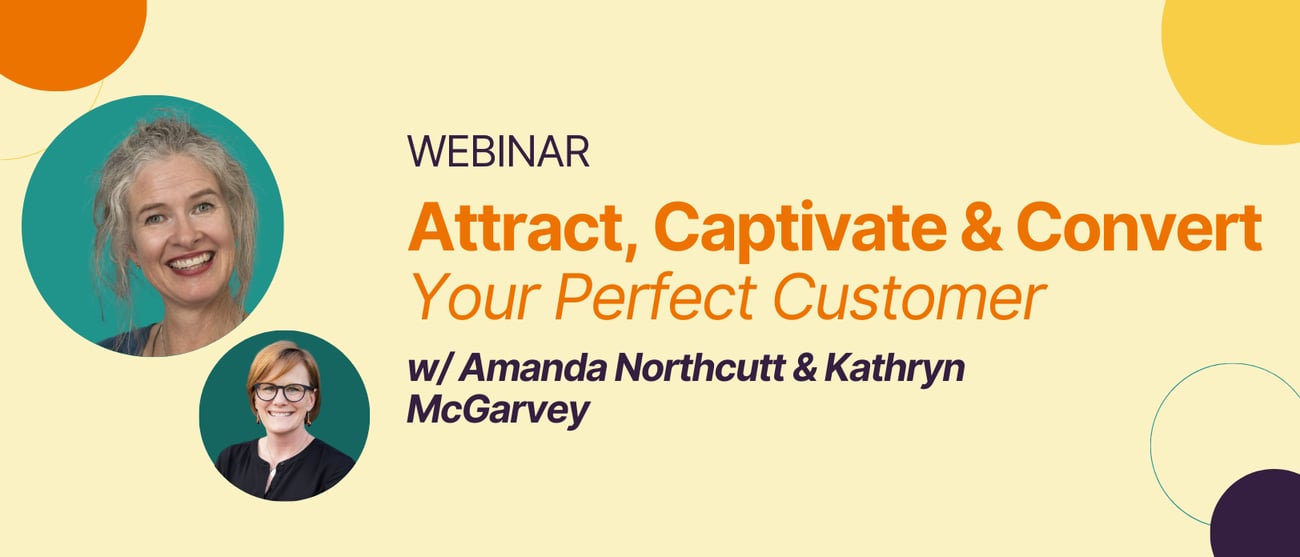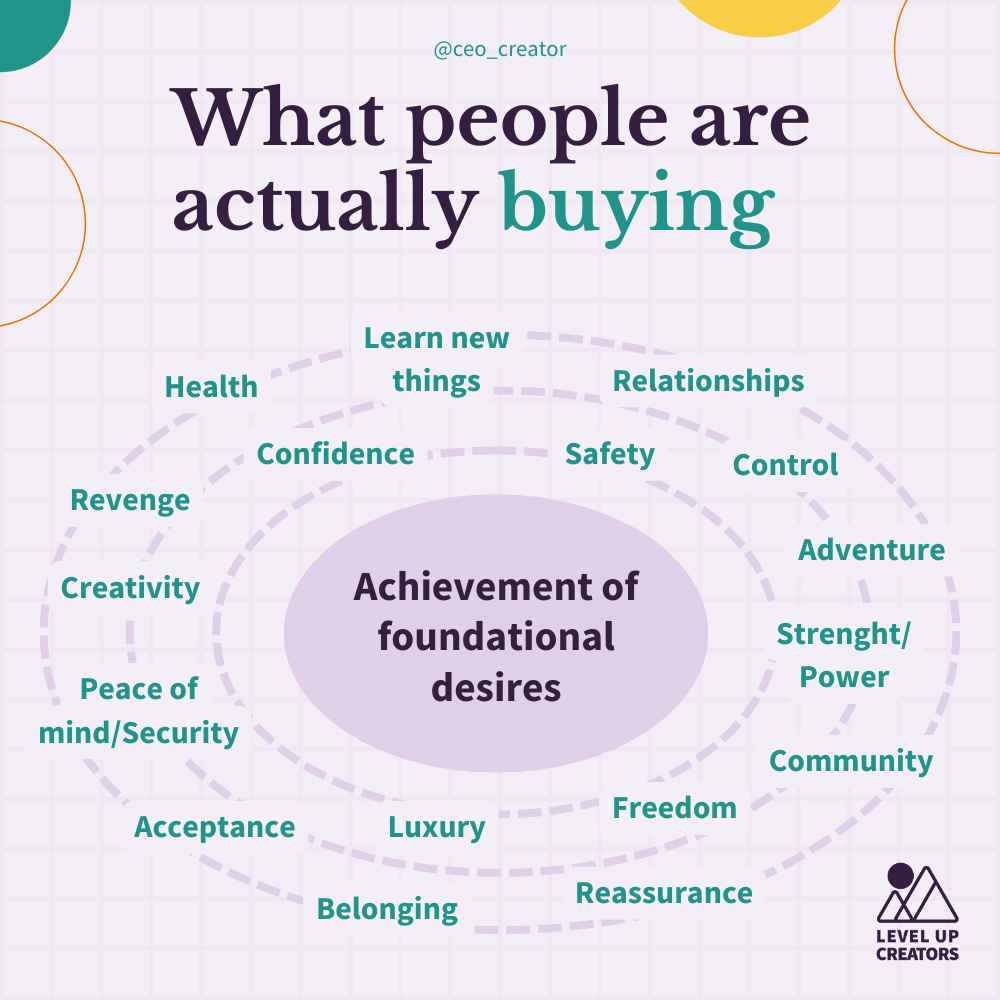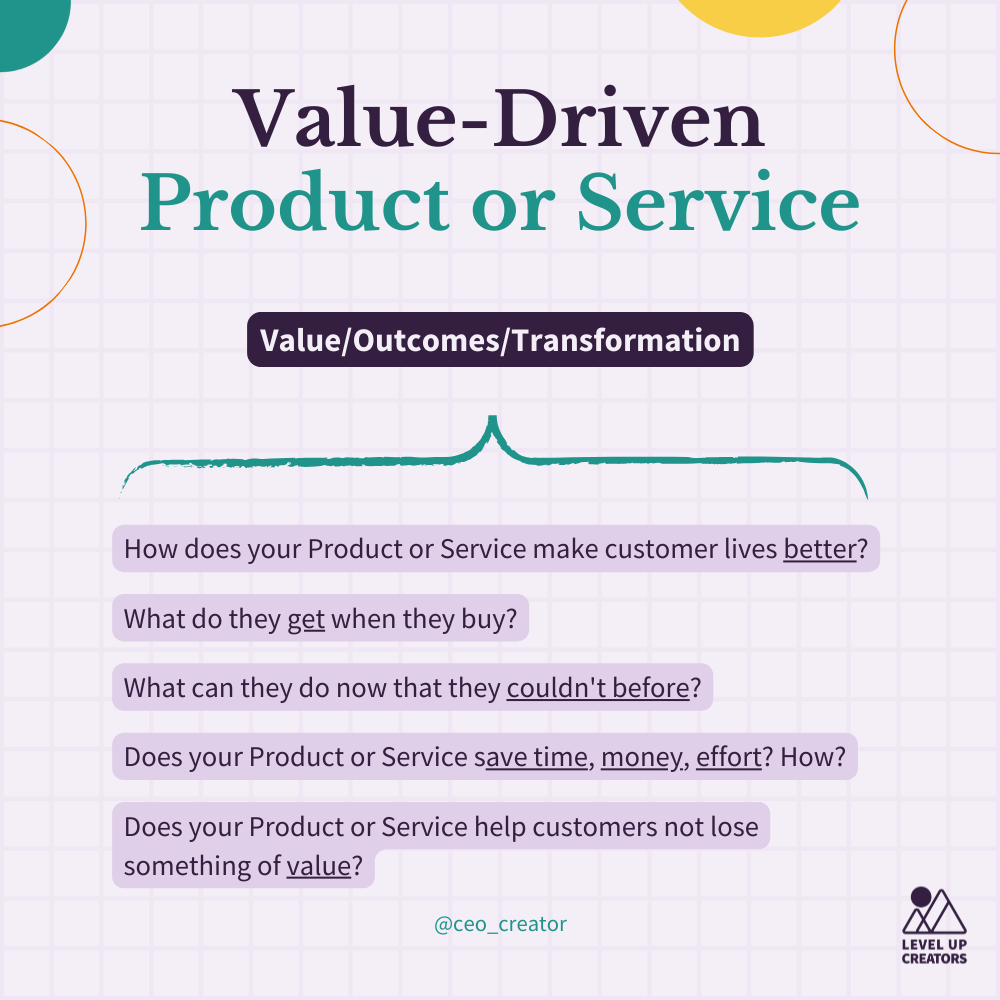The Level #49
| 754 words / 3 minutes
|
Hey, Welcome back to The Level and our October series, Do the Next Right Thing. In This Issue:
- My value-based pricing lesson at 16.
- What people actually buy and why.
- How to identify the products and services you’re uniquely qualified to offer.
Why it matters: The key to long-term business success isn’t just in what you offer—it's in understanding the value you’re uniquely qualified to deliver. |
|
|
|
|
Back at 16, I was quiet and kept to myself.
Thanks to good friends of my parents, I began working at a New Balance store in North Dallas.
What started as a simple favor turned into one of the most pivotal learning experiences of my life. This experience was the foundation of my approach to value-based pricing, product development, and understanding the unique value I bring to the table.
And here's the thing—you have something unique and valuable to offer too. Customers would walk in to New Balance, and I really listened to their needs. I realized I wasn’t just selling shoes; I was solving real, painful problems for customers.
This is where I learned the power of aligning what you offer with the unique value only you can bring. You have that same power. Identify your unique value, then solve your customers' painful, pervasive problems. |
 |
|
| |
|
Boost conversions. Know your customers' pain points.
|
|
RSVP Here
| Join my free webinar with NosyHQ expert Kathryn McGarvey for actionable strategies to leverage customer reviews.
October 21 | 4-5pm EST
|
|
| |
4 Keys to Value-Based Pricing | 1. Start by Solving a Painful Problem
At 16, I learned that people don’t just walk into a shoe store to buy shoes—they have problems that need solving.
Whether it was foot pain, discomfort, or a need for better athletic performance, I was able to connect my knowledge as an athlete to their real needs.
You aren’t just selling a product, you are offering a solution.
Your Turn: Ask yourself, What problems can you solve for your community? Whether it’s easing their pain, improving their lives, or helping them reach a goal, your product or service must be a solution to a real problem. |
 |
|
| 2. Understand Your Audience's Foundational Desires
A person's desires run deeper than surface-level problems. At New Balance, it wasn’t just about shoes—it was about customers wanting to feel empowered, supported, or better about their health and wellness.
When I tapped into that emotional level, I created an experience that blew them away.
And they kept coming back for multiple pairs. Your Turn: What foundational desires can you meet for your audience?
Maybe it’s their need for security, convenience, connection, or growth.
This is where your unique value shines. You deeply connect with your audience and they’ll keep coming back. |
 |
|
|
|
3. The Value-Based Pricing Lesson
Despite outselling everyone else in the store, I realized I wasn’t being compensated equitably for the value I was delivering.
After a conversation with my dad about how to ask for a raise, I learned an important lesson: you have to be paid in proportion to the value you bring. This experience sparked my understanding of value-based pricing—a concept that has changed my life and can change yours.
If you’re underpricing yourself, you’re not only losing money, but you’re undervaluing the unique solution you offer. Aim to charge 10-20% of the value your customers will recognize from your product or services over the next 12 months.
Your Turn: Are you pricing your products or services based on the value they deliver? It’s not just about what it costs to make or deliver them. It’s about what your solution is worth to your customer. |
 |
| 4. Identify What You’re Uniquely Qualified to Offer
Thanks to my athletic background, I understood my customers on a personal level. I learned that to truly stand out, you have to offer something you are uniquely qualified to provide.
Your Turn: What is your “What”? Think about these questions: - What problems can you solve for your community of followers?
- What value can you add to their lives?
- What can you teach them?
- How can you improve their lives, jobs, relationships, finances, or health?
Once you can answer these questions, you’re on the path to offering something truly valuable and sustainable.
Your products and services are simply solutions to these problems, designed specifically for your audience. (Use the Creator Business Blueprint guide to check out our 16 favorite product and service offerings.)
Actionable StepsHere’s how you can start identifying your unique value and turning it into a sustainable business model: - List the problems you can solve for your community.
- Determine the deeper desires that drive your audience.
- Develop solutions that address these problems and desires.
- Ensure your pricing reflects the value of these solutions.
What problems are you solving? What value are you bringing to the table that no one else can?
What unique value do you think you're bringing to your community that others might not be able to offer in the same way? |
|
|
|
Next Week
October's Do the Next Right Thing continues as you create your seamless customer journey toward recurring revenue.
-Amanda |
|
|
|
|
Who’s behind this week’s newsletter?
Hi, I’m Amanda Northcutt, CEO of Level Up Creators, and I’ve curated this week’s edition of The Level just for you. Each week, we bring you simple, proven strategies to help you grow your creator business.
|
|
|
At Level Up Creators, we help build and grow recurring revenue businesses for creators and digital thought leaders.
👉 Discover our creator packages | Explore our services to level up your business.
Could Level Up Creator School be your next big step?
If you're looking to accelerate growth and turn your passion into profit, Creator School has the tools and community to get you there faster.
👉 Learn more and join Creator School.
Want to chat or connect?
I’d love to hear from you! You can book a call with me, or let’s connect on LinkedIn. |
|
|
|
|